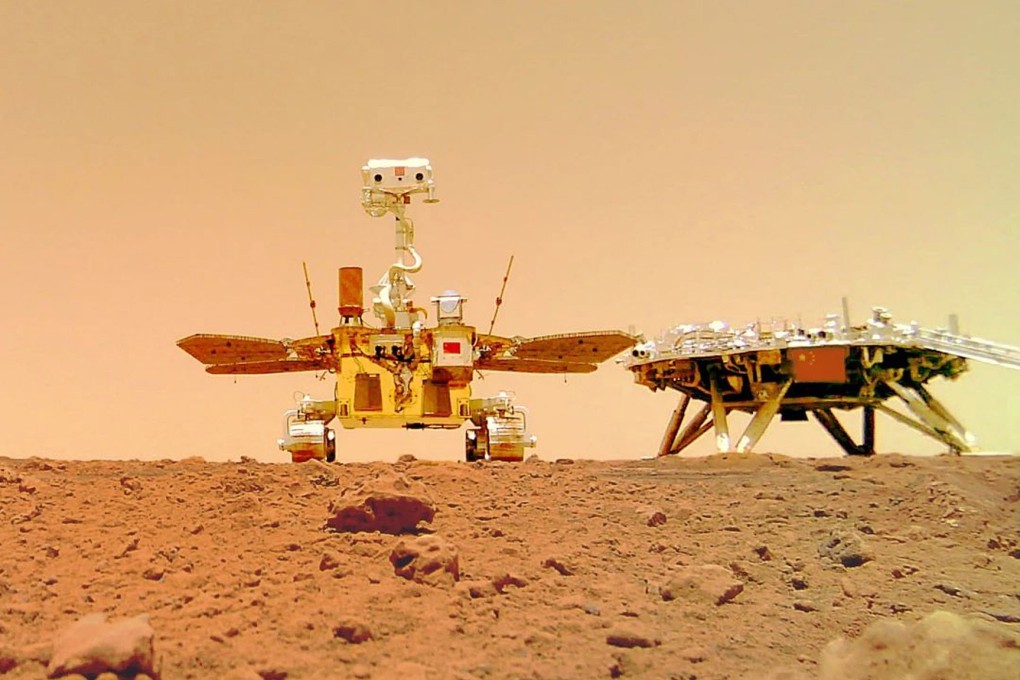China’s Mars mission on track to lead the world in retrieving Martian rocks by 2031, says programme veteran
- China’s timeline is two years ahead of a US-European planned Mars mission to return samples to Earth for laboratory testing, according to Sun Zezhou
- The 2028 launch window to send two spacecraft up is still being debated, with experts assessing travel time to the red planet and dust storm season

A senior space official has confirmed China plans to bring rocks home from the surface of Mars by 2031, which could make it the first nation to deliver Martian samples to Earth.

China aimed to send two spacecraft – one comprising a lander and ascent vehicle, and the other an orbiter and re-entry capsule – to the red planet in 2028, Sun said on Monday during a talk to celebrate the 120th anniversary of Nanjing University.
After the lander touches down, it will drill for samples and scoop them up. The rocks will be delivered into Mars’ orbit and the mission will head home around October 2030, arriving on Earth in July 2031.
Retrieving samples from Mars to study in a laboratory had long been the dream of planetary scientists around the world, Sun said.
